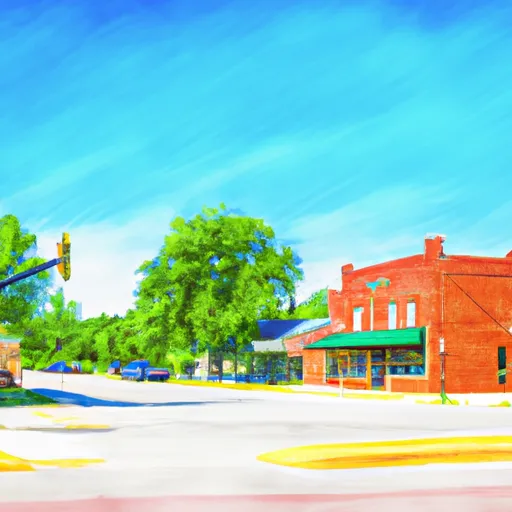°F
°F
mph
Windspeed
%
Humidity











Agency, Iowa is a small town in Wapello County, located in the southeastern part of the state. The climate of the area is classified as humid continental, with hot summers and cold winters. The town is situated near the Skunk River, which is a tributary of the Mississippi River. Hydrology constituents in the area include high nitrate levels in groundwater due to agricultural runoff. However, the Skunk River provides opportunities for fishing and kayaking. Outdoor recreation opportunities in the area include camping and hiking at nearby Lake Wapello State Park, which offers trails, boating, and swimming. Other nearby attractions include the American Gothic House and Museum in Eldon, Iowa.
Weather Forecast
Agency receives approximately 950mm of rain per year, with humidity levels near 84% and air temperatures averaging around 11°C. Agency has a plant hardyness factor of 5, meaning plants and agriculture in this region thrive during a short period during spring and early summer. Most plants will die off during the colder winter months.
Regional Streamflow Levels
62
Cubic Feet Per Second
386
Cubic Feet Per Second
4
Cubic Feet Per Second
197
Cubic Feet Per Second
Nearby Camping
| Camping Area | Reservations | Toilets | Showers |
|---|---|---|---|
| Gunner Pool | |||
| Panther Bay - Norfolk Lake | |||
| Jordan - Norfolk Lake | |||
| Quarry Cove - Norfolk Lake | |||
| Henderson - Norfolk Lake | |||
| Barkshed |



